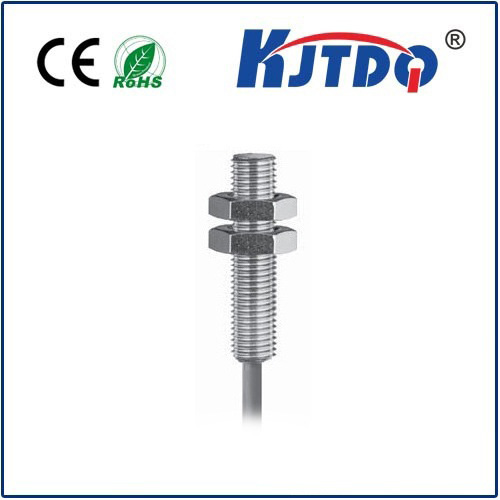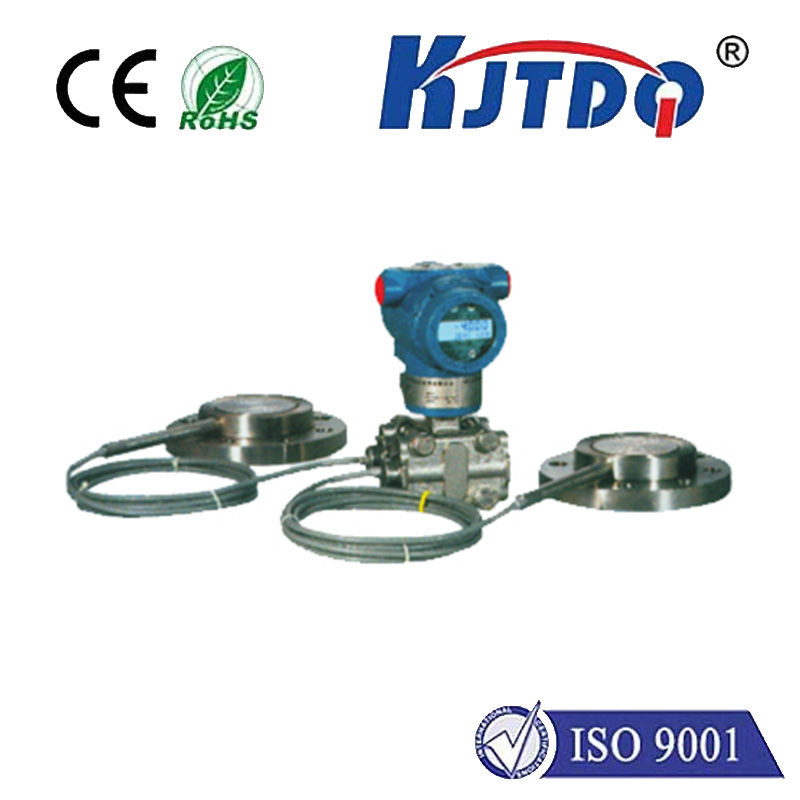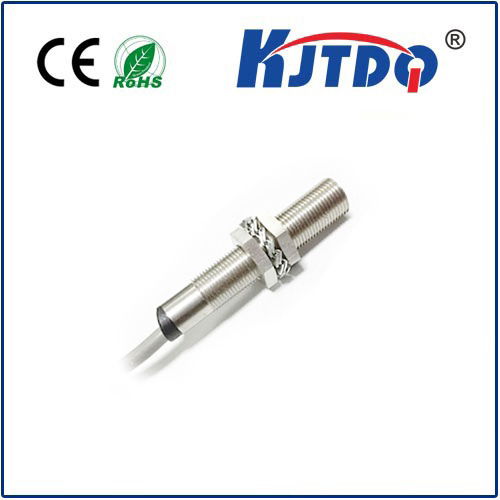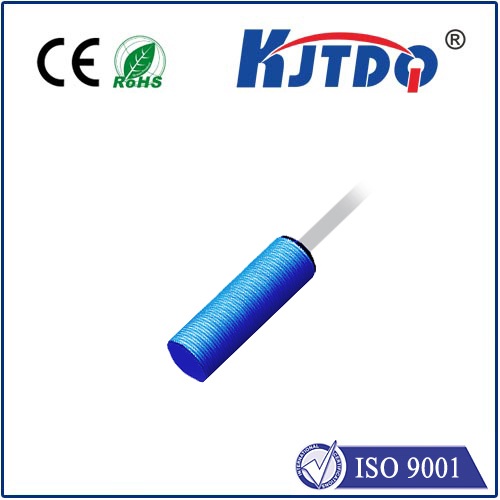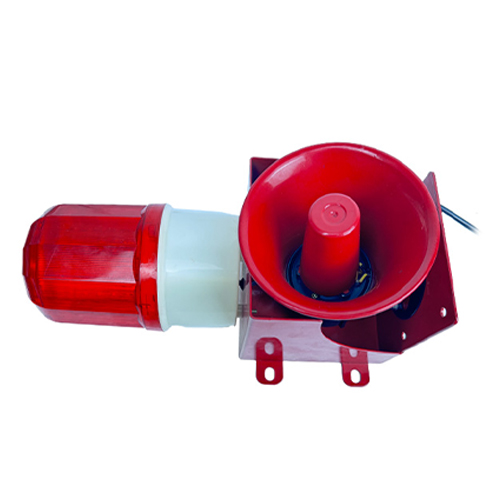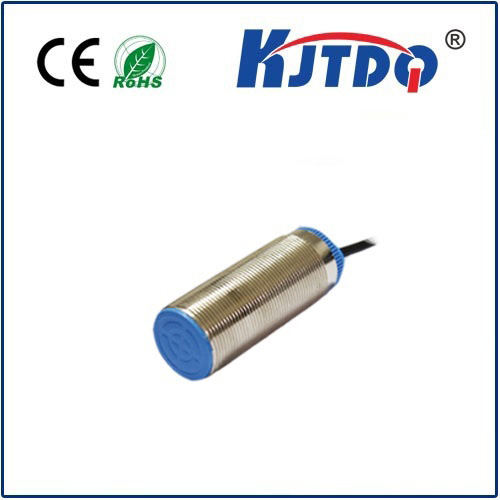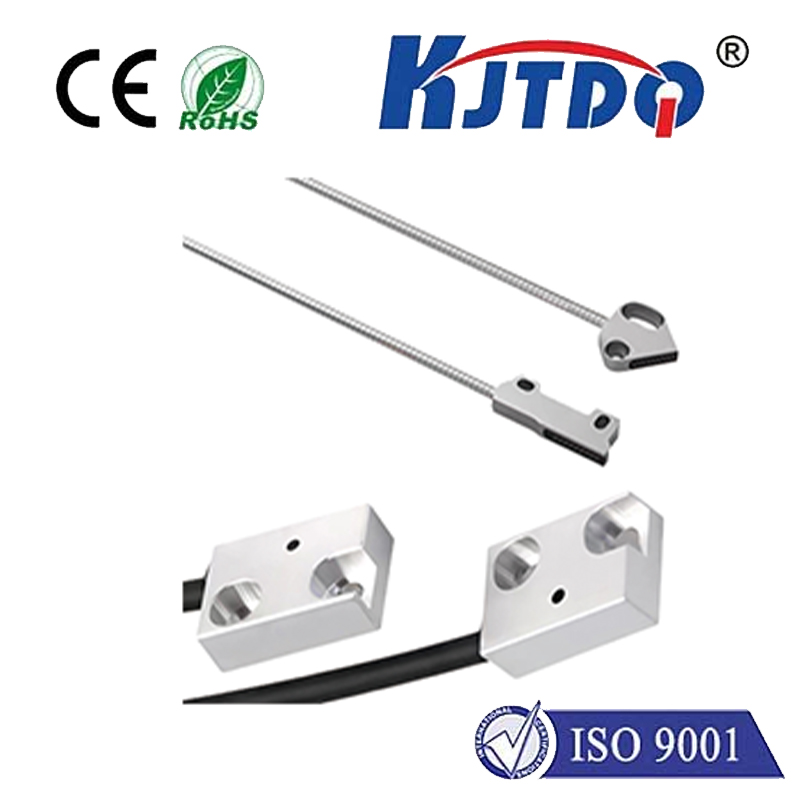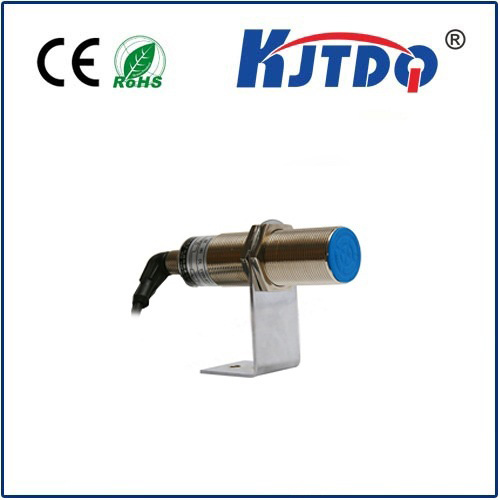inductive pick up sensor
- time:2025-06-20 01:53:07
- Нажмите:0
Inductive Pick-Up Sensors: The Silent Workhorses of Precision Detection
Ever wondered how complex machinery “knows” the exact position of a metal part whizzing by, or how a factory robot avoids collisions with its metal surroundings, all without physical contact? The answer often lies in an unsung hero of industrial automation: the inductive pick-up sensor. These robust, reliable, and remarkably simple devices form the backbone of countless position, speed, and presence detection tasks across diverse industries. Their fundamental ability to detect metallic objects non-contrusively makes them indispensable for ensuring efficiency, safety, and precision in our automated world. Let’s delve into the world of these fascinating sensors.
The Core Principle: Electromagnetic Induction in Action
At the heart of every inductive sensor lies a principle discovered by Michael Faraday: electromagnetic induction. Simply put, a changing magnetic field induces an electrical current in a nearby conductor. An inductive pick-up sensor leverages this phenomenon specifically for object detection.
Here’s how it translates into function:
- Generating the Field: The sensor contains a coil of wire wound around a ferromagnetic core. When an alternating electrical current passes through this coil, it generates a high-frequency oscillating electromagnetic field that radiates out from the sensor’s active face.
- The Target Enters: When a conductive metal target (like steel, aluminum, brass, etc.) enters this electromagnetic field, eddy currents are induced on the surface of the target metal.
- Energy Shift: These eddy currents create their own opposing magnetic field, which interacts with the sensor’s original field.
- Detecting the Change: This interaction results in a measurable change in the sensor’s own circuit characteristics – most commonly, a damping (reduction) of the oscillation amplitude within the sensor’s internal oscillator circuit.
- Output Signal: The sensor’s electronics monitor this change. Once the damping reaches a pre-defined threshold (indicating the target is sufficiently close), the sensor switches its output state (e.g., from OFF to ON, or vice-versa). This switch provides a clean, binary signal indicating the presence or absence of the target.
Key Components and Types

While the principle is universal, индукционный датчик come in various forms tailored to specific needs:
- The Sensing Coil: The core element generating the electromagnetic field.
- Oscillator Circuit: Generates the high-frequency oscillation fed into the coil.
- Demodulator/Trigger Circuit: Detects the amplitude damping caused by the target and triggers the output switch.
- Output Stage: Provides the switching signal (common types include NPN, PNP transistors, or analog outputs like 4-20mA for distance proportional sensing).
- Housing: Typically made of rugged materials like nickel-plated brass, stainless steel, or specialized plastics, offering exceptional resistance to harsh environments like oil, coolant, dust, and vibration.
Crucially, these sensors are categorized by their field shape:
- Shielded (Flush-Mountable): The electromagnetic field is focused mainly forward from the face. This allows them to be mounted flush into metal brackets without causing false triggering from the surrounding metal. Their sensing range is generally shorter than unshielded types.
- Unshielded (Non-Flush Mountable): The electromagnetic field extends both forward and radially around the sensor head. They offer a longer sensing range but cannot be mounted flush with metal – they require a surrounding clearance to prevent interference from the mounting material.
Why Choose Inductive Pick-Up Sensors? The Compelling Advantages
The prevalence of inductive sensors is no accident. They offer a unique combination of benefits:
- Non-Contact Operation: The core advantage. No physical wear occurs on either the sensor or the target, leading to vastly extended service life and eliminating maintenance associated with mechanical switches. This makes them ideal for high-speed counting or positioning applications.
- Exceptional Reliability & Long Life: With no moving parts to wear out and sealed, robust housings, these sensors offer outstanding durability and consistent performance over millions of operating cycles, even in challenging industrial environments.
- High Switching Frequency: Modern inductive pick-ups can detect targets moving at very high speeds – often switching hundreds or thousands of times per second. This is crucial for monitoring rotational speed on shafts or detecting parts on fast-moving conveyors.
- Insensitivity to Contaminants: Impervious to dust, dirt, oil, water (within IP ratings), and other non-conductive contaminants that would easily foul mechanical switches or optical sensors. This robustness is vital for foundries, food processing, and machining centers where environmental conditions are demanding.
- Simple Installation and Use: Typically requiring only a power supply and offering a straightforward switching output, they are relatively easy to integrate into control systems. No complex calibration is usually needed beyond setting the mounting distance.
- Cost-Effectiveness: For metal detection tasks, they offer excellent value due to their durability, reliability, and long lifespan compared to alternatives. While initial cost might be higher than a mechanical switch, the total cost of ownership is often lower.
Where They Shine: Diverse Applications Across Industries
The robustness and reliability of inductive proximity sensors make them ubiquitous:
- Factory Automation: Counting products on conveyors, detecting presence/absence of parts in fixtures or pallets, precise end-of-travel positioning for cylinders and slides, verifying robot arm positions.
- Станки: Monitoring tool presence/breakage in spindles, verifying chuck clamping, detecting workpieces on lathes or milling machines.
- Перевозка материалов: Detecting metal pallets, controlling filling levels of metallic containers, monitoring the position of cranes or lifts.
- Automotive Manufacturing: Positioning control on assembly lines, confirming component placement (engine blocks, wheels), robotic welding guidance.
- Packaging Machinery: Detecting metal lids, cans, or foil seals; controlling feed mechanisms.
- Speed Monitoring: Measuring rotational speed of gears, shafts, turbines, or conveyor rollers by sensing the passage of gear teeth or bolts. A classic inductive pick-up sensor application.
- Food & Beverage: Used in stainless steel variants for washdown areas to detect metal containers or machinery components (though not the product itself if non-metallic).
Important Considerations
While incredibly versatile, understanding their limitations ensures optimal application:
- Metallic Targets Only: They detect only conductive metals. Plastics, wood, glass, and liquids (unless conductive) are invisible to them. For non-metals, capacitive sensors are the alternative.
- Sensing Range Limitations: The effective range (called the rated operating distance or ‘Sn’) depends on the sensor size, type (shielded/unshielded), and target material. Larger sensors generally have longer ranges. Ferrous metals (like mild steel) are detected at the nominal range, while non-ferrous metals (like aluminum or brass) typically require a reduction factor, meaning a closer mounting distance is needed.
- Target Size and Shape: A target smaller than the sensor face or very thin targets can reduce the effective sensing range. The shape can also influence detection consistency.
Conclusion: An Enduring Solution
Inductive pick-up sensors embody a perfect blend of fundamental physics and practical engineering. By harnessing electromagnetic induction, they provide a robust, reliable, and non-contact method for detecting metal objects. Their simplicity, durability, and resistance to harsh environments make them a cornerstone technology in automation. From ensuring precise positioning on high-speed assembly lines to reliably counting products and monitoring critical speeds in machinery


